“Walking home at night was taking your life in your own hands.” Or so said one of the subjects of the documentary Blank City, about life in the East Village in the late seventies and early to mid-eighties. (By 1990, your life was no longer on the line, just your spirit, at any time of day.)
I got here in 1985, a little late, but I soon gravitated to the EV, for friends and drugs and drink and music and even some art, even as I lived in pre-gentrification Prospect Heights. And many images of that time are still burned into my brain, in spite of some chemically-induced memory lapses. But it’s always good to see great photographs of the old EV as it was back in the day, and Enthrall & Squalor offers an opportunity to live vicariously in the past with multiple chances to rue the disappearance of that most enticing and beautifully squalid demimonde. Hell, nowadays I can’t even touch a drink or a drug unless I want to put my life on the line. And that’s a risk I don’t want. Back then, I didn’t even know there was a risk. Risk? Risk? Really?
The gallery exhibition features four photographers: Alexis Adler, Arlene Gottfried, Meryl Meisler, and Ken Schles. And their photographs are both nostalgia-inducing and revelatory. All four lived the downtown life. Alexis Adler squatted with Jean-Michel Basquiat. Arlene Gottfried was a noted street photographer. Meryl Meisler spent a lot of time at both CBGB and Infinity Discoo. Ken Schles photographed on the streets, in the clubs, and in friends’ apartments. These four brought a sympathetic yet critical photographer’s eye to downtown, even as they lived the life of the time.
And that was a time! For one thing, you didn’t have to be rich, clean, expensively-dressed and well-coiffed to go out. Today’s image is often of fetishy clothing, shiny, black leather, costly punk haircuts, etc., but really, when you get down to it, doesn’t all that get boring pretty fast? The reality was more often flannel, plaid (ugghh), even double knits.
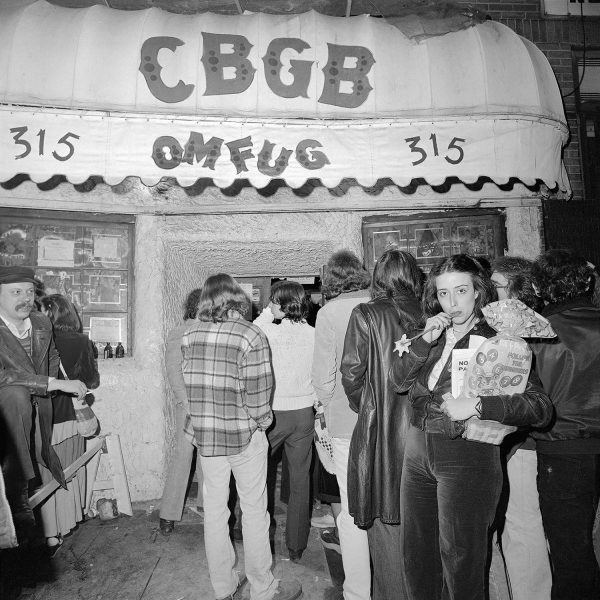
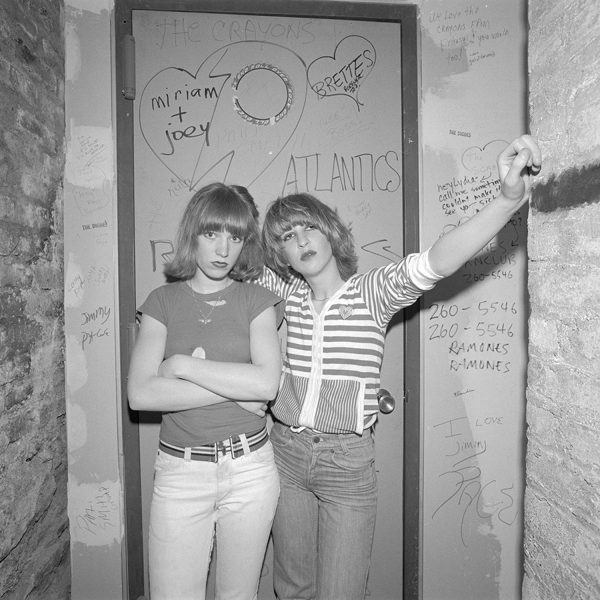
And you lived your life in a real life urban nightmare in a city everyone thought was unmanageable, with artificial skies and decaying tenements, and where no one gave a moment’s thought to cancer.
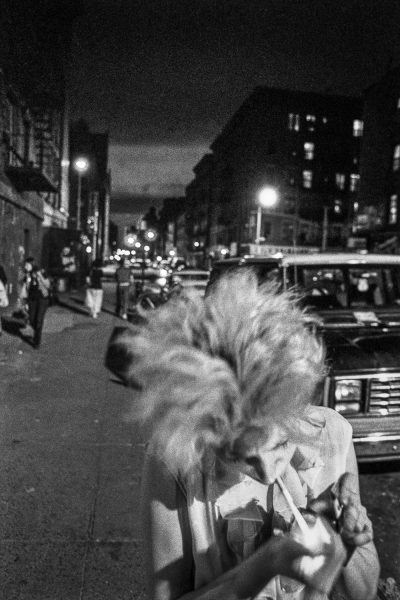
When it did get fashionable, it was louche and sexy against old sofas and painted floors. Telephonic communication was carried out on old black phones, landlines, for Chrissakes, and you better hope your roommate paid the bill instead of the dealer.
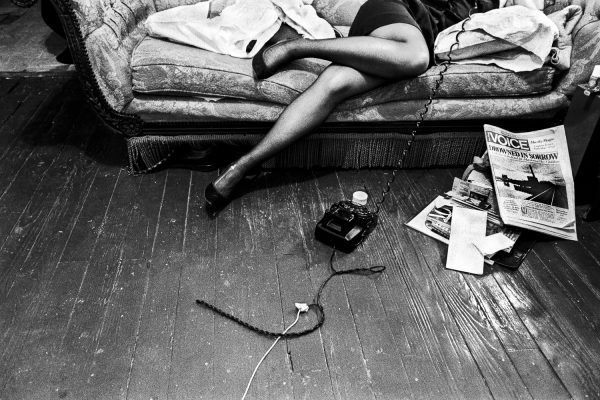
Eventually, a few did make some money, and that changed the scene. After Basquiat, and, of course, Madonna, it was no longer okay not to have money. The former still excites justifiable interest, it must be said; the latter, well, when you remembered her just now, were you happy?
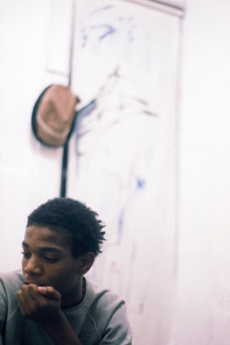
What happened? In a nutshell, money, or, more precisely, capitalism. After World War Two, capitalism’s relentless thirst for new markets had sent developers to Long Island and Westchester, to build nice interchangeable housing units on potato fields. Then, when that market became saturated, capitalism came back to the city with a vengeance to redevelop, no, rebrand, immigrant’s and workers’ housing for the returning professional class, now bored of clean air and long commutes.
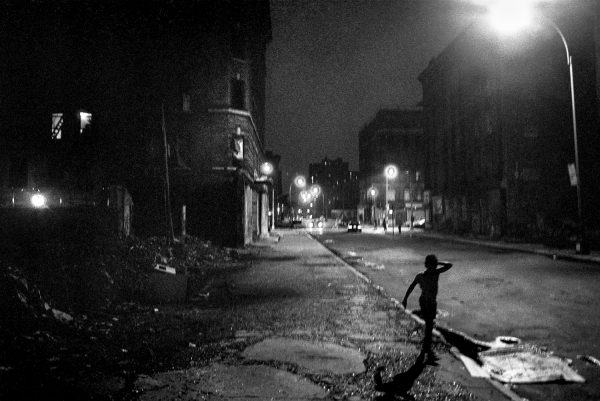
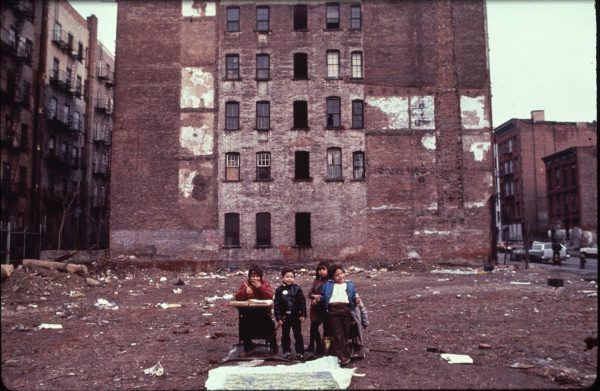
And most of the old residents of the EV have been moved out, more precisely, driven out. Truthfully, I can see how being displaced from the EV in the 1980s might not be the worst thing, if you hadn’t chosen to live there, if being moved meant a better life. But what displacement from the EV usually meant in real life was relocation to Newburgh or East New York or a similar location. In other words, greater isolation and even less chance of escape. And capitalism marches relentlessly on. East New York is now the latest frontier of gentrification.
The exhibition opens Sunday, May 20, and runs through Thursday, May 25, gallery hours 6 to 8 pm. There’s a walking tour with the photographers on Monday, may 21, from 7 to 9 pm, which means it will still be light outside.
Enthrall and Squalor: Photographing Downtown 1977-1987, at the The Living Gallery Outpost, 246 E. 4th Street.
–John Weed
Photographs Reviews
No mention of The Electric Circus.